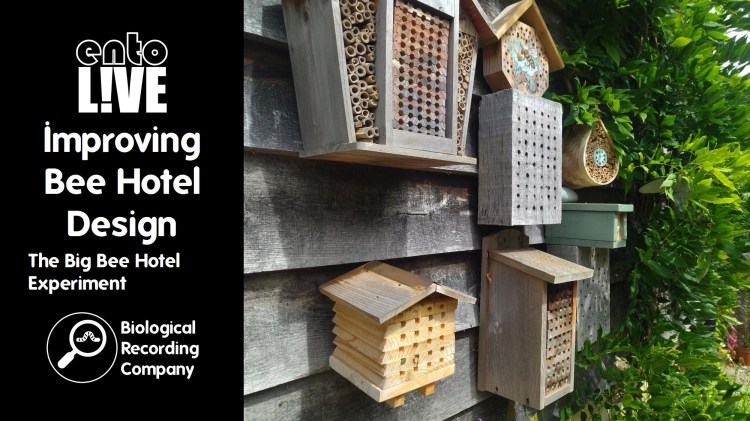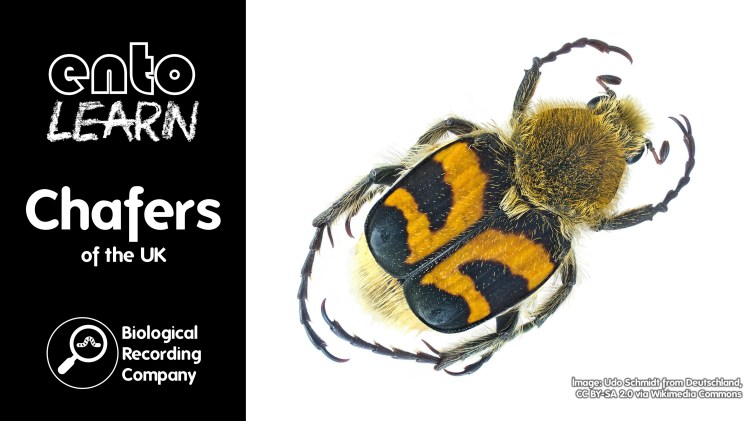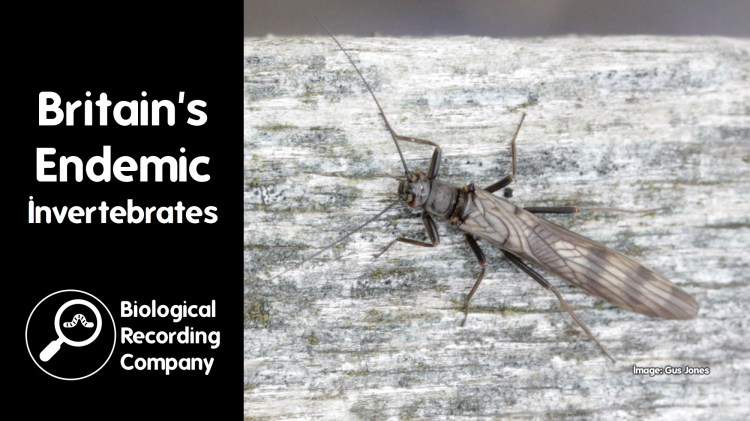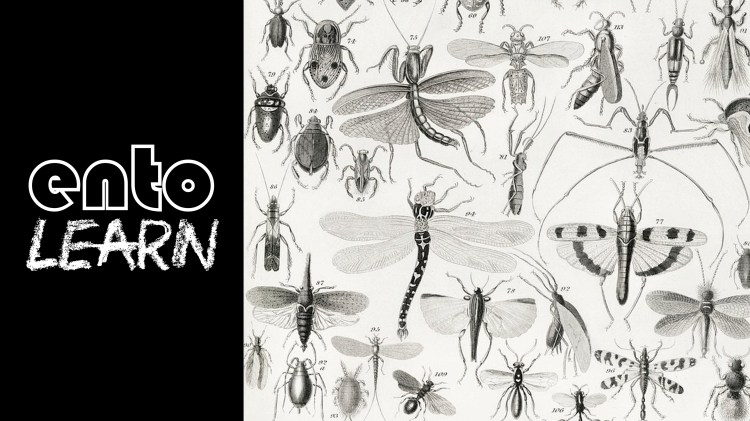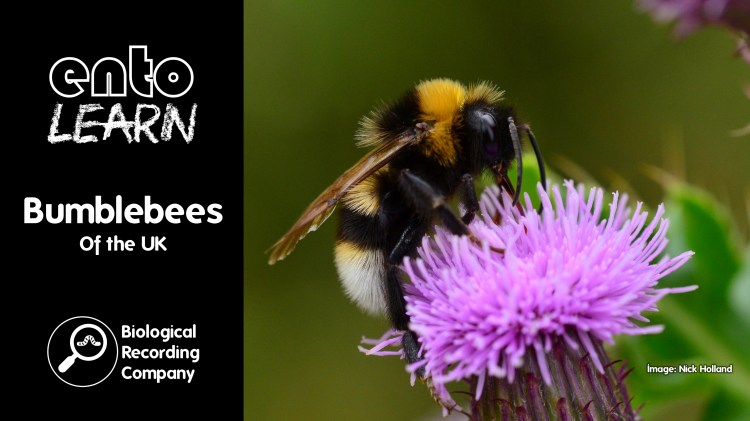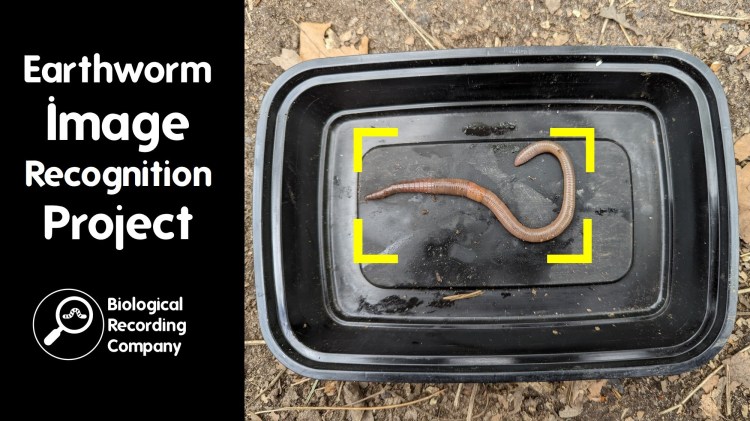While the Large Marsh Grasshopper (Stethophyma grossum) is the biggest and most handsome of all British grasshoppers, it’s also one of the rarest. The degradation and loss of their preferred habitat, fens and peat bogs, have constricted their range considerably. Today, it survives almost exclusively in the valley mires and wet heaths of the New Forest and Dorset. This talk will introduce how a partnership project led by Citizen Zoo and involving Norfolk Wildlife Trust, the Wildlife Trust for Beds, Cambs & Northants and Natural England has returned the large marsh grasshopper to a number of wetlands across Norfolk. This project is pioneering community engagement in which local people are trained in grasshopper husbandry to become Citizen Keepers.
Stuart Green is the Lead Entomologist for Citizen Zoo and manages the Hop of Hope grasshopper reintroduction project. Citizen Zoo wants to live in a world filled with wildlife. Through their projects and services, they rebuild nature to a more functional state and bring people out into the great outdoors through their engagement programmes. They’re a social enterprise committed to rewilding & conservation, and growing rapidly through their expanding portfolio of projects and network of clients & partners to Rewild Our Future.
Q&A with Stuart Green
What is the lifespan of a Large Marsh Grasshopper?
The oldest individual recorded alive on the bog is 7 weeks after release. He was an adult for around a week before release, so that means he’d been mature for 8 weeks. The development time within the locust cage is about one month, but this would be longer in the wild. So this means that he was probably about 12 weeks old in total. We can be pretty confident most adults will not make it to that ripe old age, as they are likely to be eaten by predators or die due to other causes.
What predators and parasites will prey on Large Marsh Grasshoppers?
Spiders are probably the main predator, with evidence of grasshopper mortality in the form of mummified grasshoppers in Labyrinth Spider webs (Agelena labyrinthica). Interestingly, these silk-wrapped corpses were almost exclusively males – possibly more vulnerable due to their smaller size, but also more mobile and so more likely to fall into a spider’s web. Other predators would include all sorts of birds (including birds of prey), reptiles and small mammals. Water traps on site have picked up a Tachinid fly that lays its eggs on to the adult grasshopper and parasitises it. There has also been an upsurge in Locust Blow Fly (Stomorhina lunata) in the UK, though we’ve yet to see them in our patch of East Anglia yet. These flies lay their eggs into the freshly laid grasshopper eggs, with the fly larvae feeding on the grasshopper egg. These could potentially have a big impact if they move into our sites. As with most insects, it is likely that the most mortality occurs within the egg and early nymph stages. The adults tend to be able to look after themselves a bit better and escape predators.
How do they survive through the winter?
Adults die off soon after the first winter frosts. … overwintering in egg hibernation, known as diapause.
Which grasses or other plants do you feed them on??
We tend to feed them on Cocksfoot Grass (Dactylis glomerata) in captivity due to the fact it is stiff and doesn’t wilt so easily in the locust cages under the light bulb, allowing the grasshoppers to climb up and bask under the light. They’ll eat most grasses, and will also eat sedges – including the heads of sedges, rushes and grasses as well. We observed that they showed no difficulty adapting from the food provided in captivity to available plants in the bogs they were released into.
When monitoring grasshoppers, is it easier to see them where the grass is mown and would this impact survey comparison?
If they are in dense vegetation the females are much harder to see. On the other hand, the males give themselves away by stridulating and climbing higher up the vegetation. Surveys really do need to be undertaken on hot, sunny days (ideally above 27 degrees Celcius), when the grasshoppers are active to ensure that surveys are comparable.
As natural dispersion is limited due to habitat fragmentation, is there value in exchanging DNA with the Dutch populations?
Permission to do this is much more complex than releasing from UK populations as additional permits and safeguards would be needed. Biosecurity would be one concern as we would need to ensure that we’re not also importing parasites and pathogens that occur in mainland Europe but don’t naturally occur in the UK. To date, we’ve observed low mortality from individuals bred in captivity and have had no observations of parasitoids. We’ve observed horsehair worm parasites in a few individuals we collected from the New Forest to add to our breeding stock, but these died on emergence because they live in water. The New Forest populations seem to be strong and healthy, so I think the gene pool should be OK to support our Norfolk reintroductions.
Can new people get involved with the Hope of Hope project this year?
Yes, but numbers are limited by the number of locust cages that we have – which is just 20 (including the two that I use). We’re hoping to have 18 Citizen Keepers this year and some of our volunteers will be returning. We prefer to recruit our Citizen Keepers locally from Norfolk or Cambridgeshire, within an hour’s drive of our release sites, and will be recruiting soon (see the Citizen Zoo website). For those further afield, you can help improve our understanding of grasshoppers nationally by recording grasshoppers in your garden or local green spaces. submit your grasshopper recordings to the Grasshoppers and Related Insects Recording Scheme of Britain and Ireland via iRecord or the iRecord Grasshopper app.
Grasshopper Books
- Benton (2012) Grasshoppers and Crickets. New Naturalist 120: Collins, London, 544pp. https://www.newnaturalists.com/products/grasshoppers-and-crickets-collins-new-naturalist-library-book-120-limited-signed-edition-ted-benton-9780007465934/
- Brown (1990) Grasshoppers. Naturalists’ Hanbooks 2: Richmond Publishing, Slough,68pp. https://www.nhbs.com/grasshoppers-book
- Marshall and Haes (1990) Grasshoppers and Allied Insects of Great Britain and Ireland. New edition: Harley Books, Colchester, 252 pp. (Out of print)
- Raggae (1965) Grasshoppers, Crickets and Cockroaches of the British Isles. Warne, London, 299 pp. (Out of print)
Further info
- Hop of Hope project page
- Stethophyma grossum stridulation video
- Hop of Hope project video
- Behind-the-scenes video with a Citizen Keeper
- Hop of Hope project poster
- Hop of Hope Crowfunder
- Donate to Citizen Zoo and their rewilding work
- Name A Hopper campaign by Citizen Zoo
entoLIVE
entoLIVE webinars feature guest invertebrate researchers delving into their own invertebrate research. All events are free to attend and are suitable for adults of all abilities – a passion for invertebrates is all that’s required!
- Donate to entoLIVE: https://www.gofundme.com/f/entolive-2025
- Upcoming entoLIVE webinars: https://www.eventbrite.com/cc/entolive-webinars-74679
- entoLIVE blog: https://biologicalrecording.co.uk/category/entolive-blog/
- entoLIVE on YouTube: https://youtube.com/playlist?list=PLuEBNUcfMmE95Re19nMKQ3iX8ZFRFgUAg&feature=shared
entoLIVE is only possible due to contributions from our partners and supporters.
- Find out about more about the British Entomological & Natural History Society: https://www.benhs.org.uk/
- Check out the Royal Entomological Society‘s NEW £15 Associate Membership: https://www.royensoc.co.uk/shop/membership-and-fellowship/associate-member/




